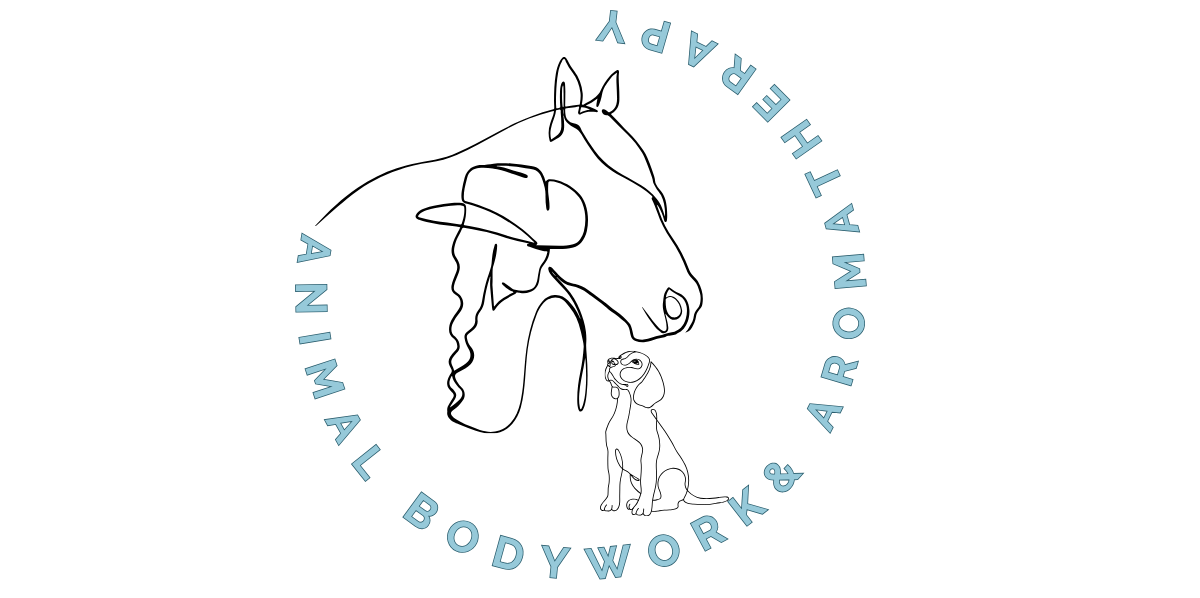One of the main principles of riding is that the rider can, to an extent, influence the way to horse moves. By using a correct half halt, or providing enough leg during a transition, rider cues can have a dramatic effect on the horse. What about the way the rider sits or moves in the saddle? If applying leg can change the way your horse moves, imagine what will happen if the rider isn’t sitting evenly, has more weight into one foot, or is moving with less range of motion at a joint due to an injury (new or old).
That’s where I come in! I have been a Physical Therapist for nine years and a rider for over twenty. Usually, when someone contacts me they are having a specific problem—some examples include pain in the shoulders while riding, having a hard time getting one canter lead versus the other, difficulty keeping their heels down, or finding ways to accommodate an injury.

A mounted physical therapy session starts by learning the rider’s goals. There is no reason to work on jumping positions if the rider only wants to be comfortable while trail riding! Then we talk specifically about the issues the rider experiences such as pain, lack of motion, or generalized lack of endurance. Sometimes I will measure the range of motion the rider’s joints can comfortably move through, particularly if there is pain. Then comes my favorite part—seeing the rider on their horse!

Typically once the rider is on I will take “before” pictures from the front, side, and back. This is a great point of reference. Sometimes what feels like a simple exercise can lead to huge changes, which can often be seen in the “after” pictures. Then I have the rider walk and trot. Often the things that need correcting can be seen at these gaits, and at the very least it gives the horses a chance to warm up if canter work is needed.

There are several ways to approach correcting the rider’s biomechanics, and most of them are pretty fun! I try to work a lot on proprioceptive feedback: helping the rider get a better sense of where their joints and body are in space. How can you be expected to fix it if they cannot feel the heel is up or 75% of their weight is into the right seat bone instead of balanced? I use equipment like Therabands and tennis balls to give different feedback to the rider. The rider’s muscles feel the correct way of moving, and I take the tools away to see if they can maintain that feel.

Then, I have the riders get on my physical therapy table so I can further address the issues seen in the saddle. Often riders have tight hip flexors (the muscles on the front of your hips and thighs) and weak hip stabilizers (gluteus medius often needs work). I will typically mobilize the riders hips and other joints if it is needed. Then comes homework!
I try not to give too many exercises, even though there are many, MANY beneficial workouts and stretches for riders. I find that people most often will consistently do about 3-4 exercises, more then that and it becomes too much of a chore!
The three most common exercises I end up giving to people are:
- Piriformis stretch: lay on your back, cross one leg over the other, and squeeze your legs up toward your body. You should feel a great stretch in your bum!
- Hip abduction: lay on your side and lift the top leg while keeping it straight
- Lumbar Rotations: lay on your back with your feet flat and knees bent, and let your knees fall together first to one side then the other.
The next time you get in the saddle, take the time to stretch beforehand and if your horse feels crooked, consider a mounted physical therapy session!
Follow Danielle on Instagram or Facebook. You can also find out more on our About page.
